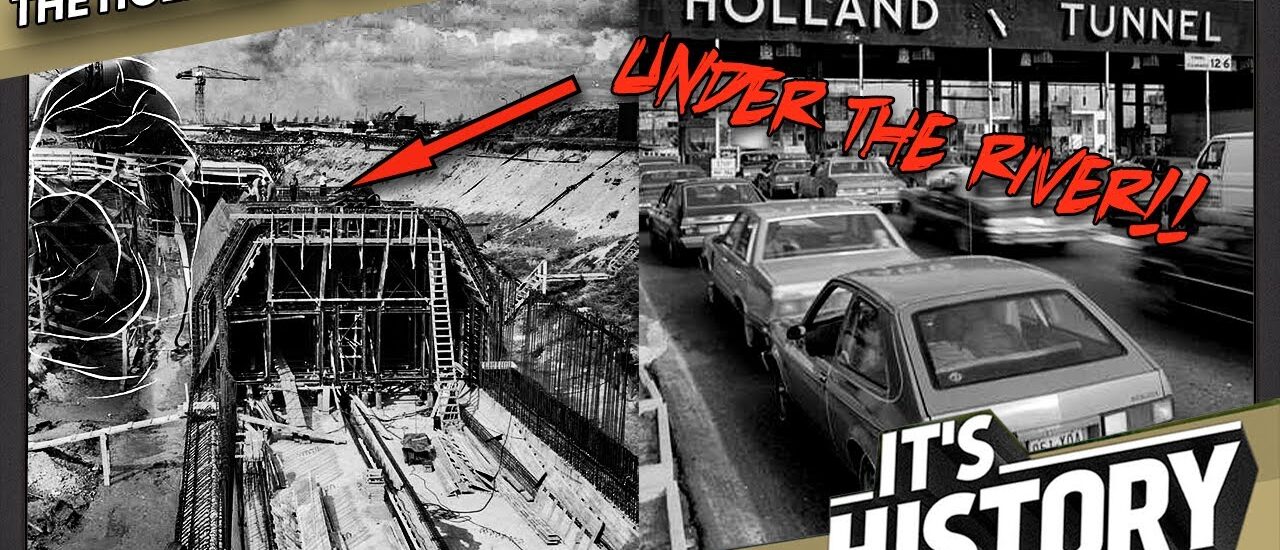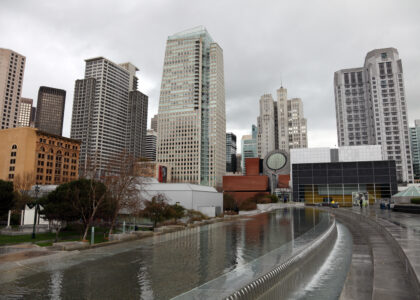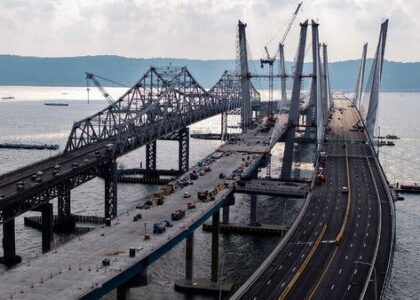Welcome to the fascinating history of the Holland Tunnel, a marvel of early 20th-century engineering and a vital connection between New York and New Jersey. As you journey through this iconic tunnel, imagine a time when crossing the Hudson River was more treacherous and cumbersome than it is today.
The story begins in the frigid winter of 1918. The Hudson River froze over, halting boat traffic and causing severe shortages of coal and food in New York City. This crisis underscored the urgent need for a reliable, year-round transportation link between New Jersey and Manhattan. Prior to the tunnel, more than 20,000 vehicles relied daily on car ferries to make this crossing, a process fraught with delays and inefficiencies.
Enter Clifford Milburn Holland, a Harvard-educated engineer in his mid-30s, who was appointed chief engineer of what was then called the Hudson River Vehicular Tunnel project. Holland was tasked with designing an underwater tunnel—a concept that was both ambitious and unprecedented at the time. Construction began in 1920, with crews working simultaneously from both sides of the river, employing precision engineering to ensure the tubes would align perfectly under the riverbed.
These construction workers, known as ‘sandhogs,’ faced numerous dangers as they dug through mud and rock. The shields they used to prevent river water from flooding the work area were marvels of engineering, but the high-pressure conditions posed serious health risks, including decompression sickness, or ‘the bends.’ Tragically, between 1921 and 1924, thirteen sandhogs lost their lives during the construction process. Despite these challenges, the tunnel was completed in 1927, and it was named the Holland Tunnel in honor of its chief engineer, who had died in 1924, just a day before the project reached a major milestone.
At the time of its opening, the Holland Tunnel was the largest vehicular underwater tunnel in the Americas, hailed as the ‘Eighth Wonder of the World.’ It featured innovative ventilation systems that set a new standard for tunnel construction. As cars and trucks pass through its 8,500-foot length, air quality is maintained by a system that refreshes the air every 90 seconds, ensuring a safe and breathable environment for motorists.
The Holland Tunnel not only transformed the way goods and people moved between New Jersey and New York City but also represented a significant achievement in public works, highlighting the power of cooperation between states and the resilience of the workers who brought the project to life. Today, the tunnel remains a critical artery in the region’s transportation network, a testament to the vision and tenacity of early 20th-century engineers and laborers.
As you continue your journey, consider the legacy of the Holland Tunnel—not just as a feat of engineering, but as a symbol of progress and perseverance. The sandhogs’ stories of hardship and camaraderie remain an integral part of this tunnel’s rich history, reminding us of the human spirit’s capacity to overcome adversity.





